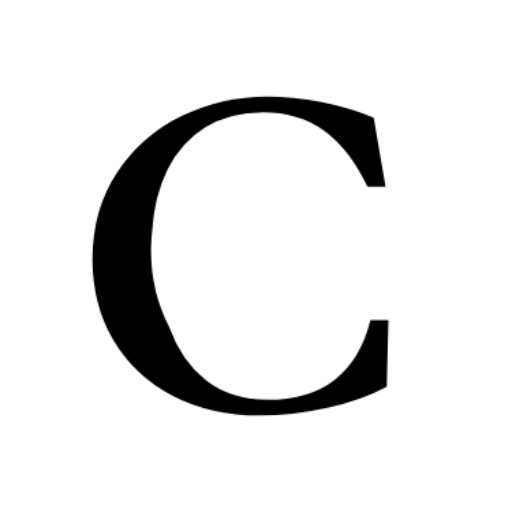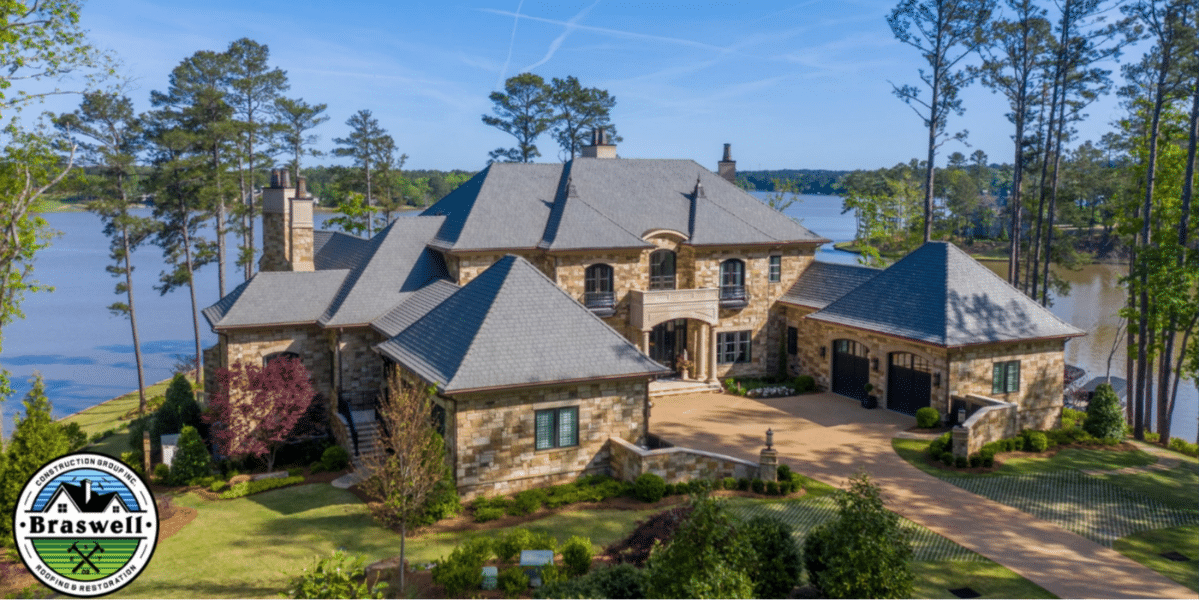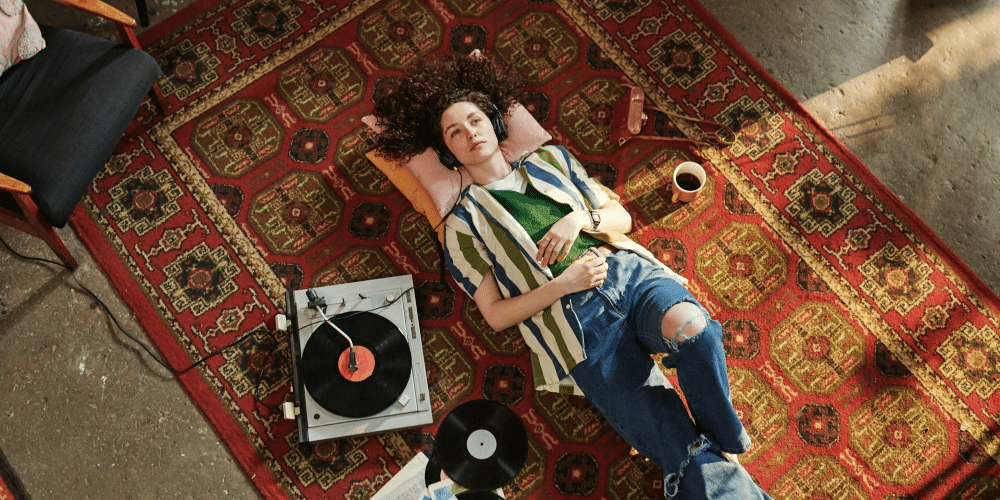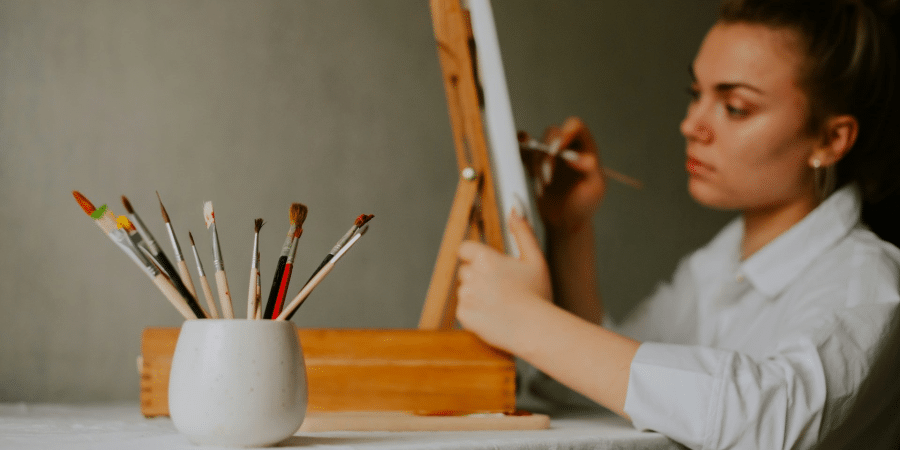Image Commercially Licensed From: DepositPhotos
Chicago’s Early Film Industry
Chicago, with its iconic city views, urban green spaces, and the shores of Lake Michigan, has long been a favored location for film and television productions. Its film history dates back to 1907 when Essanay Studios, the first film company in Chicago, pioneered innovations in the industry. The introduction of the Magniscope projector marked a turning point, allowing films to be projected onto flat surfaces. Charlie Chaplin briefly worked at Essanay Studios in 1915, adding a touch of Hollywood glamour to Chicago’s film legacy.
The Motion Picture Patents Company Era
The success of Essanay Studios fueled the growth of the film industry in Chicago. Competing film companies led to legal battles, creating a chaotic system of black-market film projectors. In response, the Motion Picture Patents Company was formed in 1909, providing stability and structure. However, some filmmakers resisted, leading to the establishment of the International Projecting and Production Company.
Chicago’s Film Production Revival
Despite Hollywood’s rise, Chicago remained a key player in the film industry. Balaban and Katz, owners of iconic theaters like the Uptown Theatre and the Chicago Theater, were prominent in the film since from the 1920s to the 1950s. Major film companies, including MGM, Warner Brothers, Universal, and Paramount, established offices in Chicago, contributing to the city’s continued presence in the film industry.
By the 1980s, Illinois became a leader in film production spending. Locally-produced films like “Ferris Bueller’s Day Off” and “The Untouchables” showcased Chicago’s cinematic appeal. In 2009, Illinois introduced a 30% tax credit on production costs, further attracting filmmakers. The Cinespace Chicago Film Studios, established in 2012, became the second-largest film production studio in the United States.
Chicago’s Film Industry Today
Presently, Chicago rivals major film production hubs like Los Angeles and New York City. Cinespace Studios boasts 36 stages over 1.6 million square feet, offering comprehensive production facilities. Notable productions filmed at Cinespace include “Divergent,” “Transformers: Age of Extinction,” “The Shape of Water,” and popular TV series like “Chicago PD” and “Fargo.”
Ongoing evaluation of state tax credits continues to enhance Chicago’s appeal to producers. The city’s robust infrastructure and diverse filming locations remain a significant player in the film industry. The likelihood of the film industry leaving Chicago anytime soon is minimal.
Famous Movies Filmed in Chicago
Chicago’s diverse locations have served as the backdrop for iconic films:
The Blues Brothers
Explore recognizable locations from “The Blues Brothers,” such as the Soul Food Cafe and Ray’s Music Exchange.
The Dark Knight
Christopher Nolan transformed Chicago into Gotham City for the 2008 blockbuster, with notable scenes at iconic locations like Lower Wacker Drive and the former IBM building.
Ferris Bueller’s Day Off
Follow Ferris Bueller’s adventurous day off through locations like the Art Institute of Chicago, Wrigley Field, Skydeck Chicago, and Dearborn Street.
Transformers: Dark of the Moon
Witness downtown Chicago’s destruction in the third installment of the “Transformers” franchise, featuring recognizable landmarks like the Jeweler’s Building and Trump International Hotel & Tower.
The Fugitive
Experience Dr. Richard Kimble’s pursuit through downtown Chicago, passing by Daley Plaza, the Chicago Hilton Hotel, and the Wells Street Bridge.
High Fidelity
Follow Rob Gordon’s romantic journey through Chicago locations like Lane Tech College Prep High School, the Music Box Theatre, and The Green Mill.
Home Alone
Marvel at suburban locations in Winnetka and Wilmette as Kevin McCallister outsmarts burglars and creates chaos at O’Hare International Airport.
Public Enemies
Visit the Biograph Theater in Lincoln Park, the site of John Dillinger’s demise, and Union Station in the Loop, where anti-Dillinger crowds gathered.
The Color of Money
Explore Chicago’s pool halls in “The Color of Money,” with shots inside Chris’s Billiards on the North Side and Navy Pier’s Grand Ballroom.
The Untouchables
Revisit Prohibition-era Chicago with memorable scenes at the Chicago Board of Trade, Michigan Avenue Bridge, Union Station, the Rookery Building, and the Blackstone Hotel.







